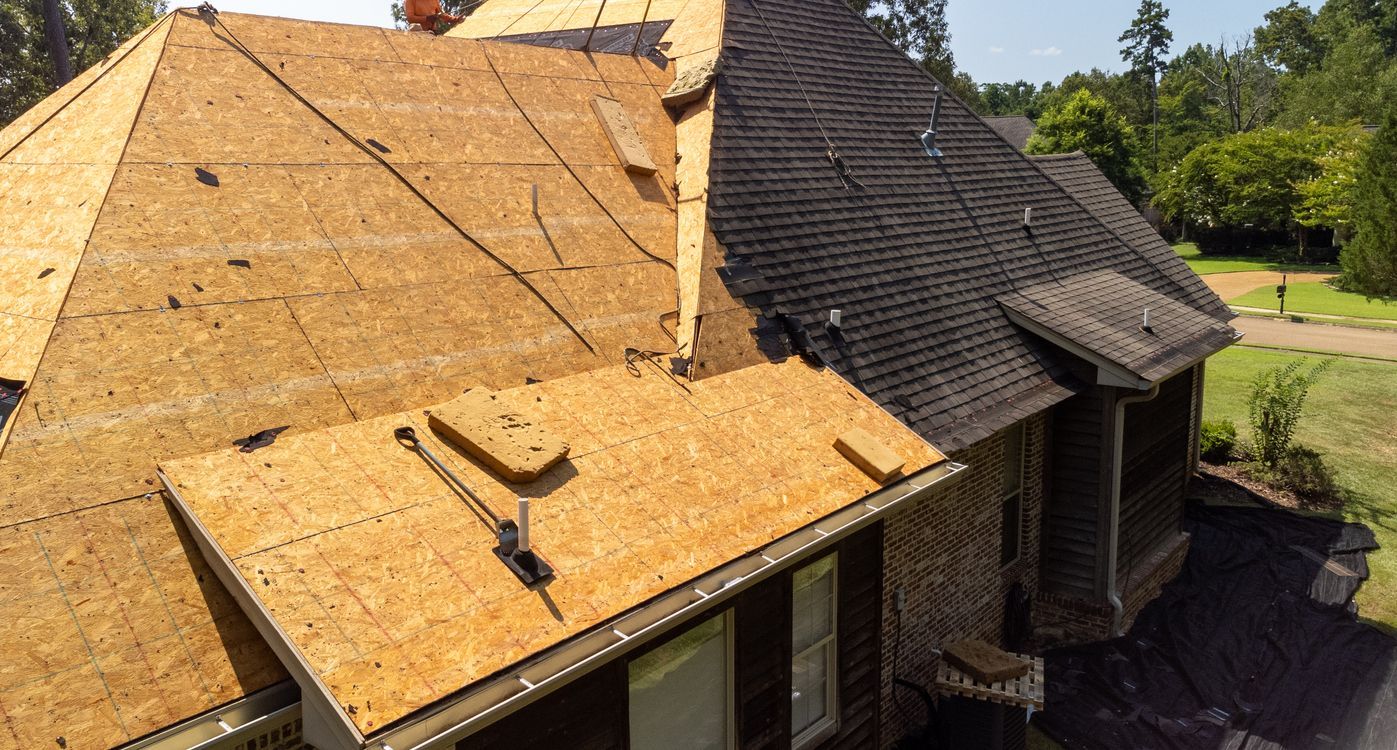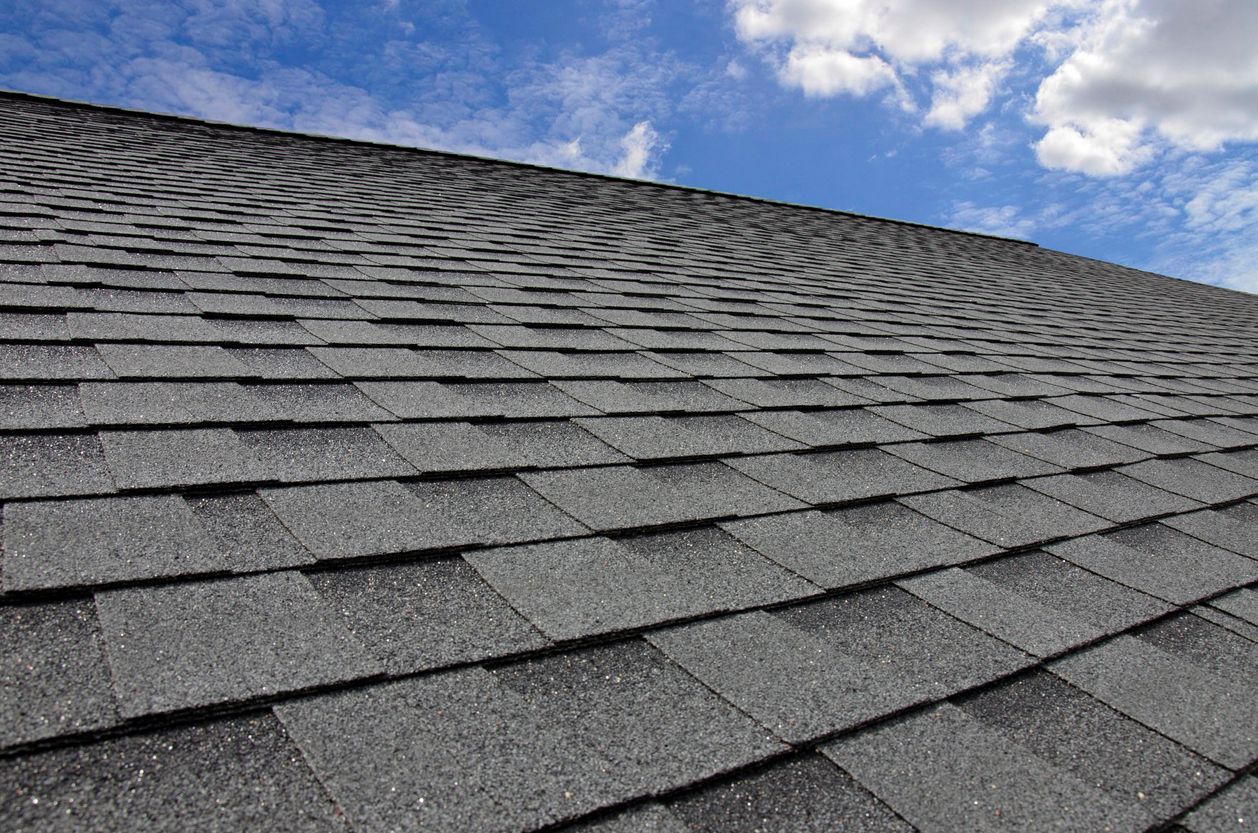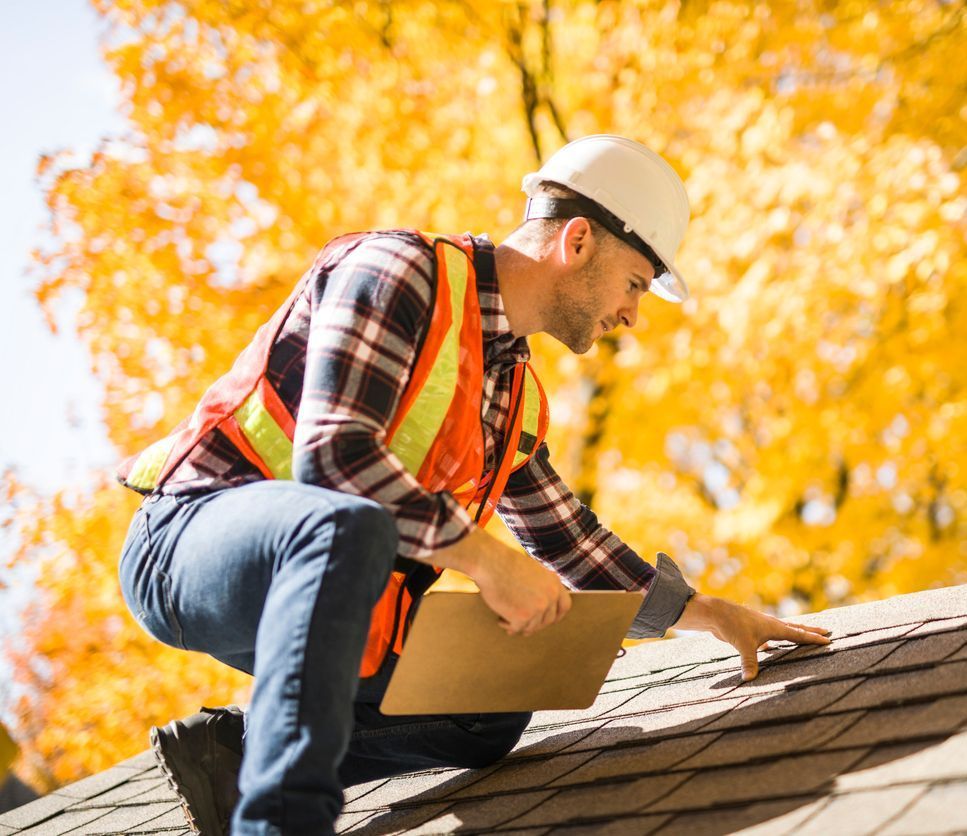Common Roof Problems in Texas: How to Identify and Prevent Them
Texas’s wide-ranging climate—from the blistering sun of West Texas to the frequent hailstorms of North Texas—puts roofs to the test. Whether you live in the DFW metroplex, along the Gulf Coast, or out near the Hill Country, knowing the most common roof issues and how to address them can save you thousands in repair costs. In this guide, we’ll cover the top five roof problems Texans face, how to spot them early, and simple prevention tips to extend your roof’s life.
1. Hail Damage
How It Happens
North Texas sees some of the largest hailstones in the U.S., especially during spring and early summer storms. When hail strikes, it can dent or crack shingles, bruising the asphalt mat and leading to granule loss.
Signs to Look For
- Circular indentations on shingles or metal panels
- Excessive granules in gutters after a storm
- Hairline cracks on shingle surfaces
Prevention & Repair
- Install Class 4 impact–rated shingles that resist hail up to 2" in diameter.
- Schedule a post-storm inspection within 48 hours to catch hidden damage before leaks start.
- Replace only the damaged shingles promptly—waiting risks water intrusion and rot.
2. UV & Heat Degradation
How It Happens
West and South Texas see prolonged periods above 100°F. Over time, ultraviolet radiation and baking heat dry out asphalt shingles’ oils, making them brittle and prone to cracking.
Signs to Look For
- Curling or cupping shingles along the edges
- Faded or chalky shingle appearance
- Cracked underlayment in attic spaces
Prevention & Repair
- Choose reflective “cool roof” shingles or metal roofing with a light, heat-reflective finish.
- Ensure proper attic ventilation (ridge and soffit vents) to lower internal temperatures.
- Apply protective roof coatings on metal or flat roofs to slow UV damage.
3. Wind Uplift & Loose Flashing
How It Happens
Texas windstorms—from Gulf hurricanes to North Texas spring squalls—can lift shingles and pry up flashing around chimneys, vents, and skylights.
Signs to Look For
- Missing or lifted shingles, especially at roof edges
- Gaps or cracks in metal flashing
- Nails popping out of shingle tabs
Prevention & Repair
- Use hip- and ridge-cap shingles nailed per manufacturer’s high-wind guidelines (110 mph+ in DFW).
- Secure flashing with corrosion-resistant nails and sealants rated for UV exposure.
- Inspect after any high-wind event and re-seal any suspect areas immediately.
4. Ponding Water on Low-Slope & Flat Roofs
How It Happens
Improper drainage or insufficient slope on flat or low-slope roofs leads to standing water, which accelerates membrane wear and invites leaks.
Signs to Look For
- Water pooling more than 48 hours after rain
- Soft spots underfoot in the roof deck or interior ceilings
- Black streaks from algae growth in persistent damp areas
Prevention & Repair
- Ensure a minimum 1–2% slope during installation or add tapered insulation to improve runoff.
- Clean scuppers, drains, and gutters quarterly to avoid clogs.
- Install a durable single-ply membrane (TPO or EPDM) with welded seams for watertight protection.
5. Algae, Moss, & UV-Driven Biological Growth
How It Happens
In humid regions—like the Gulf Coast and East Texas—microorganisms flourish on shaded or north-facing roof sections, causing dark streaks and degrading shingles.
Signs to Look For
- Black or green streaks on shingle fields or valleys
- Soft, spongy patches indicating moss or lichen buildup
- Granule loss along growth margins
Prevention & Repair
- Choose algae-resistant shingles with copper or zinc granules.
- Trim overhanging tree limbs to increase sun exposure and air circulation.
- Apply a gentle zinc-based roof wash annually to inhibit regrowth without damaging shingles.
Proactive Maintenance Tips for Texas Roofs
- Biannual Professional Inspections
Schedule in spring and fall—plus after any major storm—to catch issues before they worsen. - DIY Visual Checks
After heavy weather, walk your perimeter (safely) to look for missing shingles or debris. - Clean Gutters & Downspouts
Remove leaves and granules quarterly so water flows freely away from your foundation. - Maintain Attic Ventilation
Verify soffit and ridge vents are clear of insulation and allow balanced airflow. - Document & Repair Early
Photograph any damage, contact your roofer quickly, and authorize small repairs before they become big problems.
Ready to Protect Your Texas Home?
At 921 Roofing & Exteriors, we specialize in Texas-tough roofing solutions for everything from Dallas–Fort Worth hail to Houston humidity.
Call us today at 972-921-7663 or
fill out our online form to schedule your comprehensive roof inspection. With timely insights and expert repairs, you’ll keep your roof—and your peace of mind—in peak condition, no matter the weather.





